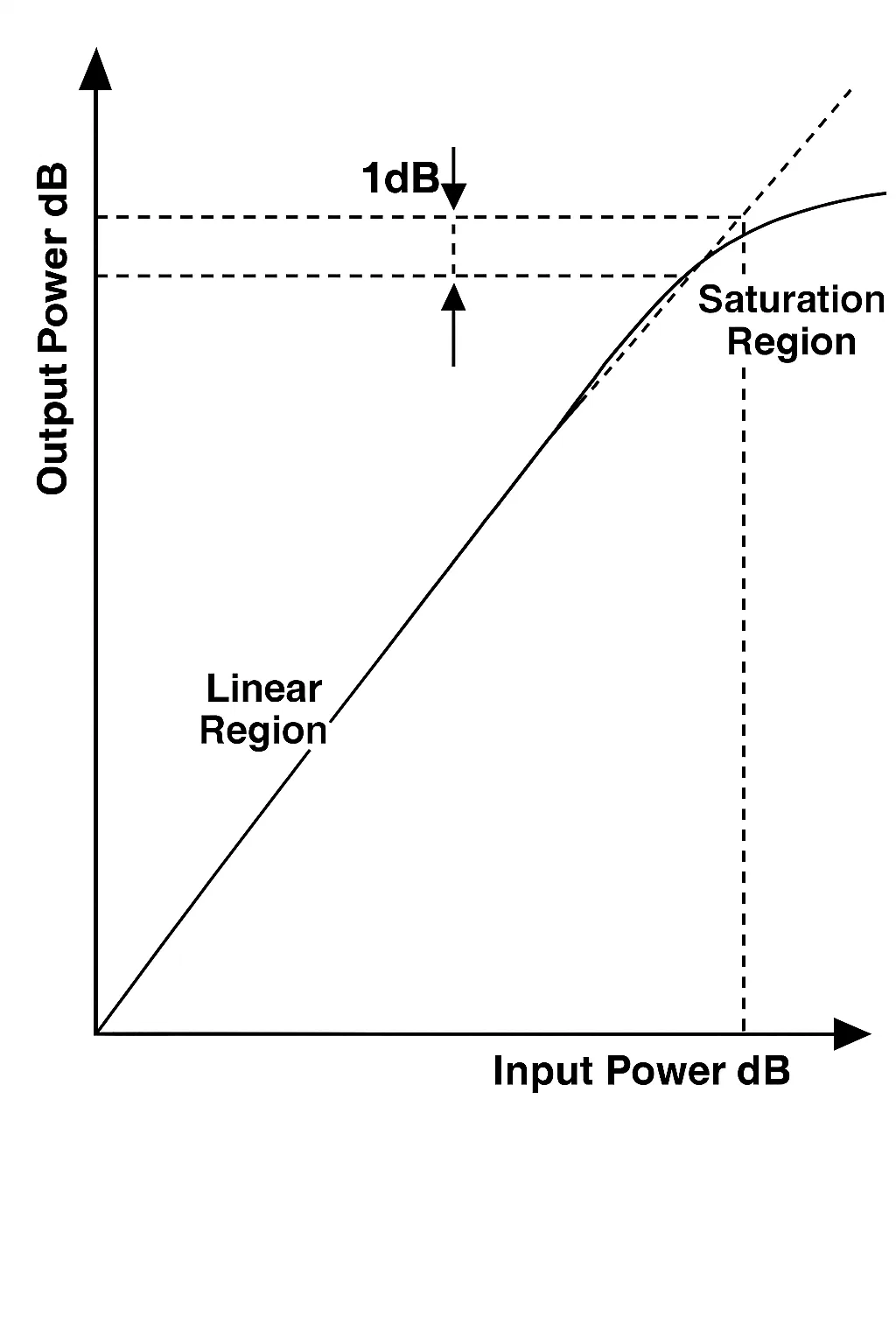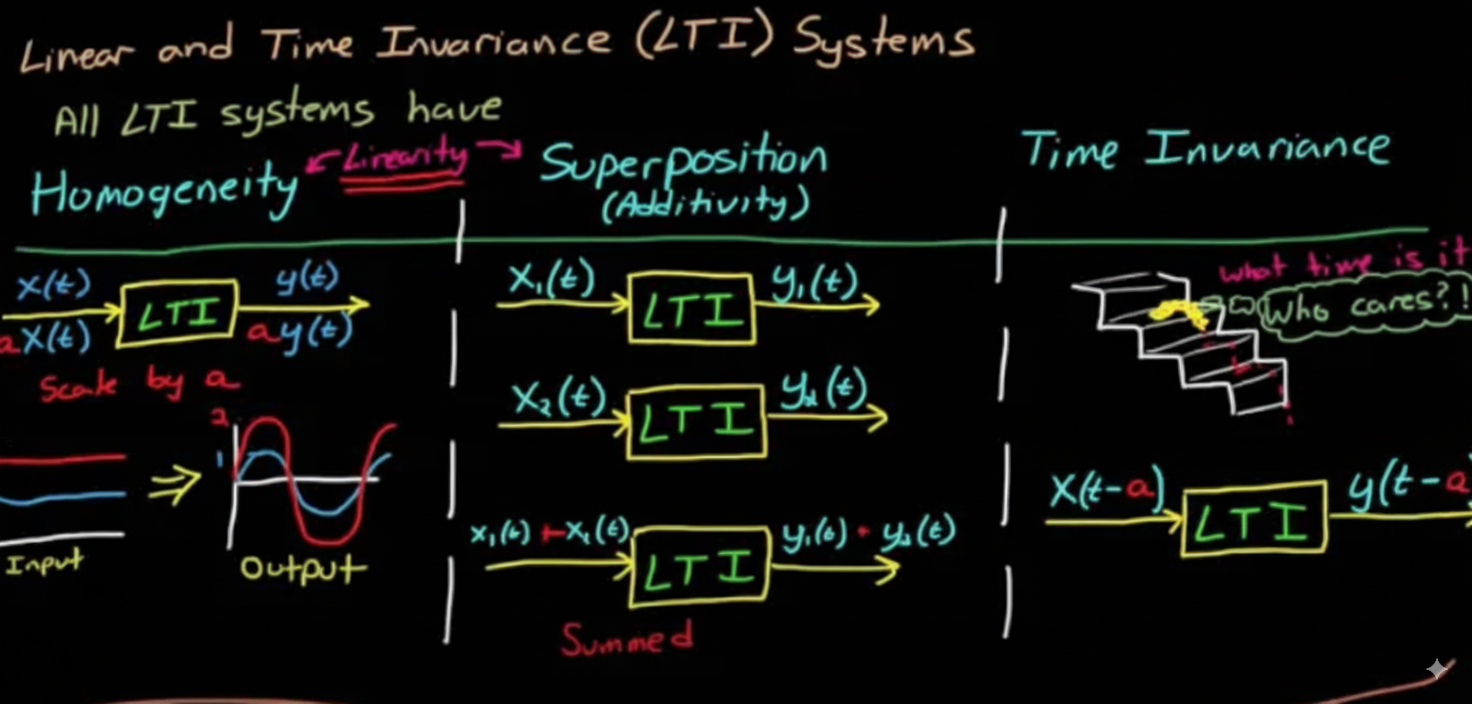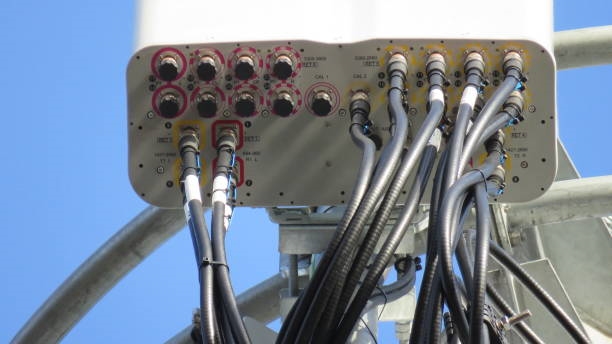Introduction
In conventional understanding, passive RF components are assumed to be linear: one can account for coupler coupling, filter loss and attenuation, or antenna gain by adding or subtracting dB values in power (dBm). In TDD systems transmit and receive are separated in time, so transmit-side intermodulation has historically attracted less attention than in FDD systems.
However, passive intermodulation (PIM) can still cause serious issues. There are historical cases in satellite communications where PIM products fell into receive bands and caused interference, affecting development and operations:
- 3rd-order PIM observed in a US fleet communication satellite;
- 13th-order PIM in a US maritime satellite;
- 27th-order PIM in a European international communication satellite;
- 43rd-order PIM in a European maritime satellite, which landed inside a receive band and caused interference.
Third-, fifth- and seventh-order effects are most significant and easiest to understand, but much higher order products have been observed in practice. In RF design, underestimating nonlinear effects can lead to unexpected losses.
Mathematical Explanation of Intermodulation Products
Communication theory typically models systems as linear time-invariant (LTI). An LTI system scales, delays, or shifts a signal while preserving its basic characteristics, satisfying homogeneity, superposition, and time invariance. Under this assumption the system output y is a linear function of input x.
In reality, nonlinearity is the norm rather than the exception. Consider a simple input composed of the linear combination of two cosines at different frequencies:

If the system exhibits nonlinear behavior, polynomial expansion of the system response produces many new frequency components. Using trigonometric identities to expand a squared or cubed term yields sum and difference frequencies.

Expanding further shows that two input tones generate components at:
- Near DC: w1 - w2;
- Near the original tones: w1, w2, 2w1 - w2, 2w2 - w1;
- Second-harmonic frequencies: 2w1, 2w2;
- Third-harmonic and related frequencies: 3w1, 3w2, 2w1 + w2, 2w2 + w1.
The two intermodulation products 2w1 - w2 and 2w2 - w1 are typically close to the fundamental tones and can cause in-band adjacent-channel interference. Intermodulation generated in active circuitry can often be filtered out downstream, but intermodulation originating in passive filters or antennas is much harder to mitigate.

Physical Mechanisms of Intermodulation
For active circuits the nonlinear mechanisms are well understood: mixers use circuit nonlinearity for frequency conversion, and power amplifiers operated near saturation exhibit gain compression that produces nonlinear relationships between input and output. For passive components the nonlinear behavior is more subtle but can be classified mainly into material nonlinearity and contact nonlinearity.

Material Nonlinearity
Material-related nonlinear effects include:
- Electron tunneling through thin dielectric layers, for example the aluminum oxide layer on aluminum surfaces;
- Ferromagnetic effects: ferromagnetic materials have high permeability that varies nonlinearly with magnetic field and exhibit hysteresis. Materials such as iron, ferrite, cobalt, and nickel should be avoided in passive RF components where possible;
- Electrostriction: nonlinear deformation of dielectric materials under electric fields, such as in PTFE, which can contribute to PIM in coaxial cables;
- Magnetoresistance: changes in conductor resistance caused by magnetic fields;
- Micro-discharge effects: ionized gas and secondary electron multiplication in narrow gaps or across inclusions in metal can produce micro-arcing;
- Dielectric breakdown and related effects.
Other mechanisms include space charge effects, ionic conduction, thermionic emission, and internal Schottky-like behavior; all may induce nonlinearity in passive components and generate intermodulation products.
Contact Nonlinearity
Contact nonlinearity arises from material interfaces and aging:
- Structural contact issues: improper assembly of resonators, connectors, tuning screws, or micro-cracks from bending can create poor electrical contact. The mechanisms include mechanical contact effects and localized electronic effects at interfaces;
- Aging-related effects: over time mechanical loosening, sliding, or oxidation of contact surfaces increases contact nonlinearity.
Summary
Nonlinearity is the practical reality in RF design. Addressing problems caused by nonlinearity tests the depth of an RF engineer's design skills. Not every nonlinear effect causes operational problems, but it is important to minimize their impact where possible. When problems occur, first identify the root cause and then apply appropriate mitigation measures.

 ALLPCB
ALLPCB







